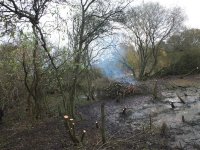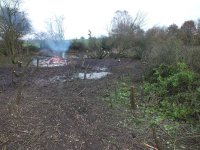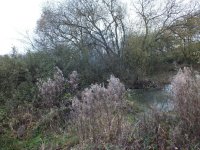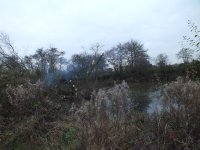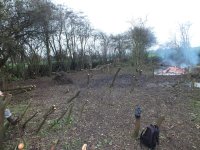What an ugly beast, its a wonder the ladybird didn't faint!3just some pics from today.
Nice pics Mary, keep them coming.:t:
What an ugly beast, its a wonder the ladybird didn't faint!3just some pics from today.

Is the third photo JTB's head?

Birds seen today at the Flashes . Before and after the work a large flock of redpoll were either feeding in alders or flying around. A minimum of 50 birds were joined by 30ish goldfinch. Also treecreeper and goldcrests were close by.
Good enjoyable morning with the work party. Very welcoming environment and would urge anyone to come and try it. Some rescheduling of my own boys sporting taxis's enabled me to come down and try my best.
Will be back again for sure. Not sure whether I'm too sold on John renaming me Noel but I'll give it a think it might be a grower !
Good enjoyable morning with the work party. Very welcoming environment and would urge anyone to come and try it. Some rescheduling of my own boys sporting taxis's enabled me to come down and try my best.
Will be back again for sure. Not sure whether I'm too sold on John renaming me Noel but I'll give it a think it might be a grower !
yep that's it Rich:smoke:.....Its just that I was getting into the Christmas spirit a bit too early.:king:It's just for the Christmas period mate 3
